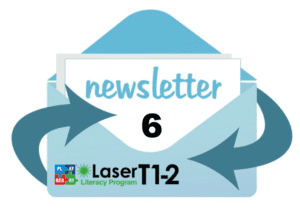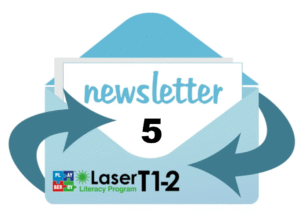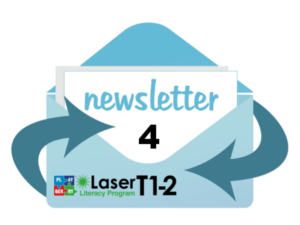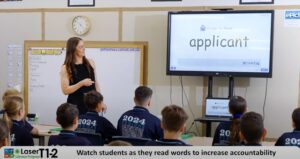
Tier two progress monitoring and additional revision
We recently received this excellent question from a school about the merits of increasing the frequency of ongoing assessment for students in tier 2 intervention. We’ll share the question and Linda’s response, as it’s likely a question others have as well.
“We are commencing Tier 2 groups in the coming weeks, but we are going through the assessment schedule for Tier 2, and we would like to incorporate more revisions/assessments. Ideally, this would be after a block of 5 complete lessons (halfway between each assessment). This would be used as formative data to support teaching and ensure we support students along the way.
Do you have any suggestions on whether something like this is available on the website? Or could I make something to support the schedule?”
Here are our thoughts:
- First, ensure you have downloaded all the new Tier 2 resources from the website and seen the built-in assessments.
- There is an element of diagnostic assessment/diagnostic teaching when teaching the intervention lessons, especially when the game is played at the end. The game requires students to read words independently, indicating how easily students can read words.
- Do they still need to sound words out?
- Are they reading automatically?
- Are they reading accurately, or are they guessing?
- Diagnostic notes should be written when students are completing dictations
- What type of spelling errors are they making?
- What will they need more practice with?
- When you say ‘five complete lessons, ‘ I’m assuming you mean the (a) and the (b) lesson for five graphemes/rules. So, this would be after 10 lessons.
- Is assessing every five weeks to address a school or system requirement? You get more false positives if you assess too soon after the teaching. If you’ve only taught five graphemes, they will still be in the review when you are testing. This won’t give you an idea of whether they’ve anchored in the student’s memory (a little time has to pass)
- If five-weekly assessing is a system requirement, you can use the existing test documents to asess what you’ve taught in those lessons. The review books will be on the website soon.
- Once you’ve done an assessment – if students did not spell a specific grapheme correctly at least once – you will run a review lesson and then test again in the next assessment time after teaching the next batch of graphemes.
- You would be better off completing the assessments as they occur in the lesson sequence, but understand that this might be out of your control.
Hopefully, this helps.
Has your school completed the pyramid?

The pyramid represents the Multi-Tiered Stems of Support (MTSS) component of a framework known as Response to Intervention (RTI). Yes, that’s a lot of acronyms! Response to Intervention (RTI) emerged in the early 2000s as part of a broader effort to improve how schools identify and support students with learning difficulties, especially reading disabilities.
Most iterations of RTI present a three-tiered system of support (MTSS), which is visually represented as a pyramid made of three layers or tiers. Each tier represents a level of support for students that increases from the base to the top of the pyramid.
- Tier 1: High-quality classroom instruction for all students. In any population of students, roughly 80%+ should only require tier 1 (basic classroom) instruction, as long as that instruction is high quality and evidence-informed.
- Tier 2: Small group interventions for those needing extra help on top of tier 1 instruction. This is most effective when students are withdrawn to work with a specialist in small groups of no more than four students.
- Tier 3: Intensive, individualised support for students with severe difficulties, sometimes alongside tier 1 instruction or, in severe cases, as a replacement for tier 1 instruction.
Playberry T3 is an intensive intervention for students with severe reading difficulties. In DIBELS terms, these students are the reddest of the red. Playberry T3 is the most potent intervention program in a school’s arsenal. It has been developed for students whose Tier 2 intervention is insufficient. Without Tier 3 intervention and a specialist team to run it, schools are not following the RTI model, which has decades of research supporting it.
Multi Tiered Systems of Support (MTSS)
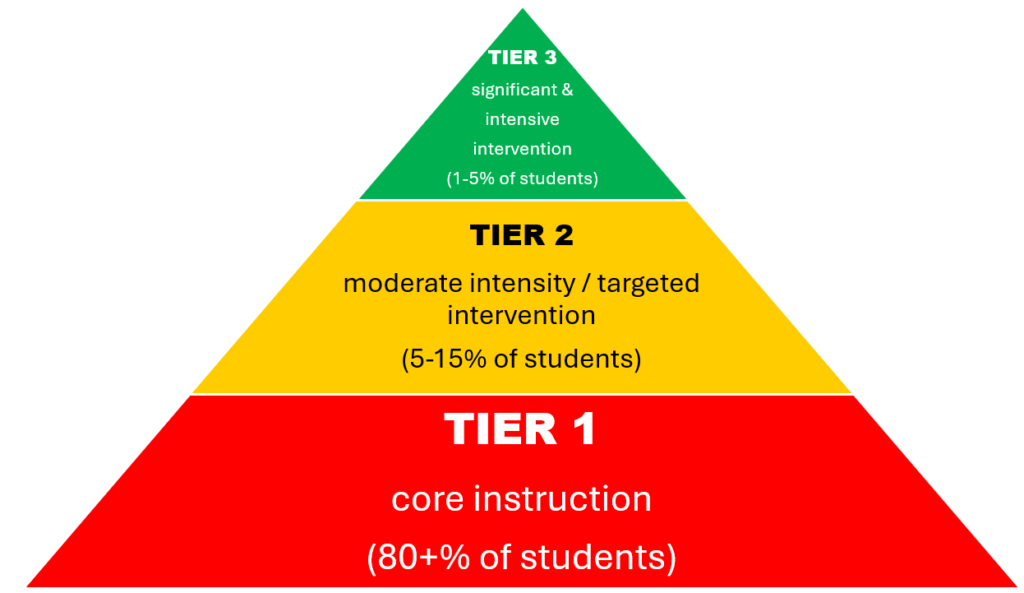
The Training for Playberry T3
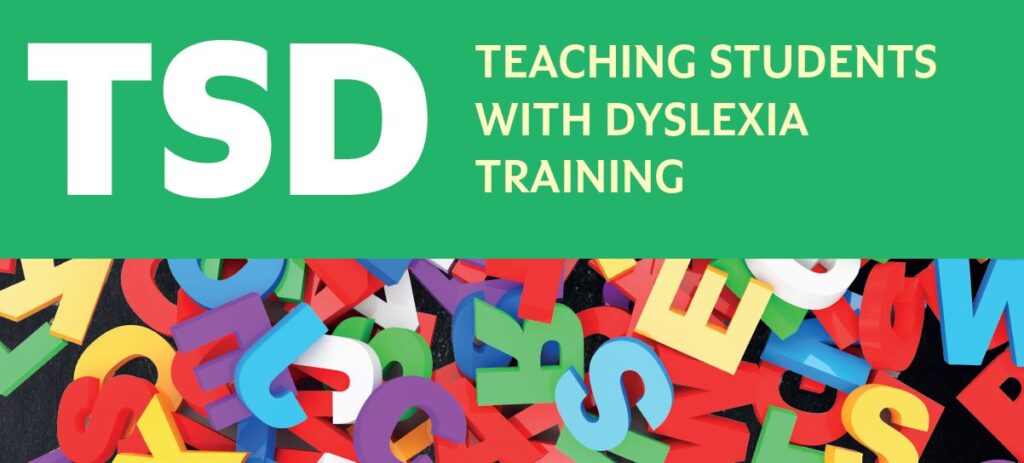
TSD is the training for Playberry T3. It is an intensive three-level training, each level lasting three days.
TSD1 is the level 1 training that provides the basics about reading disabilities and dyslexia. Trainees learn to teach the first 22 teaching points of Playberry T3 and receive an introduction to interpreting Educational Psychologists’ reports.
TSD2 is level 2, where trainees learn to teach from teaching points 23-40 and deepen their understanding of reading disability, including the crossovers between reading disorders, spelling disorders and other conditions like ADHD. Trainees are assessed on their ability to run a Playberry T3 intervention session.
TSD3 (level 3) is where participants learn to teach the remainder of the T3 scope and sequence and delve deeply into diagnostic/responsive teaching and academic therapy. Participants are again assessed as they run a mock intervention lesson.
Over the last thirty years, the TSD suite of trainings has produced Australia’s best intervention specialists who use Playberry T3 in schools, speech pathology, and tuition centres.
Learn More about T3 Intervention
Progress Monitoring within Intervention: don't overdo it!
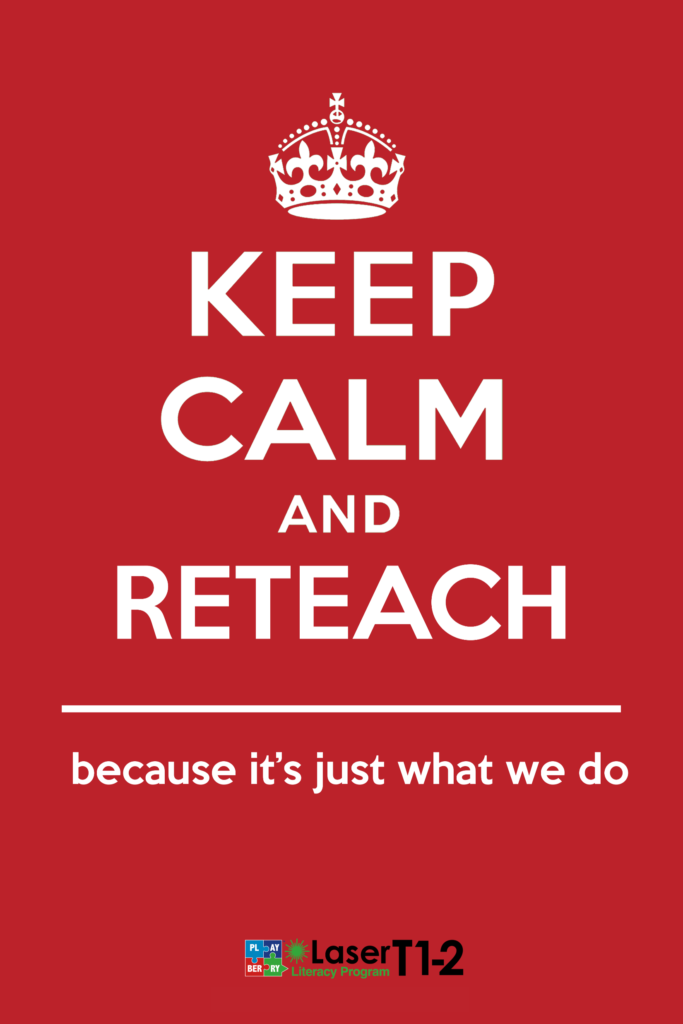
When making decisions about the frequency of progress monitoring, there’s a natural urge to do too much of it. I think this stems from our anxieties. When I first worked with dyslexic students in private practice, I fell into this trap. Because I was new to working with an intervention program, I didn’t feel I was doing an excellent job, and I clung to testing too closely because I felt good at it! The problem was that I was checking at such close intervals that nothing had changed in students’ results. There just hadn’t been enough quality teaching and practice between testing. Of course, always follow a program’s recommended monitoring schedule, but avoid the urge to go beyond this.
There’s a saying regarding the natural urge to progress monitor/assess.
“Weighing the pig more often won’t make it any fatter.”
Over-monitoring student progress makes for anxious students and anxious educators. Progress monitoring helps us form hypotheses about whether or not a student has anchored learning in long-term memory and can reliably retrieve it or whether we need to keep calm and provide more review. We always need to be highly chilled when monitoring progress because students take emotional cues from adults.
If we can avoid it, we should NEVER say anything to students that indicates they’re about to be progress monitored and that this is more important than anything else they do in an intervention session. I think the best progress monitoring happens when students can’t spot that it’s different from other parts of a lesson. I do my best to make it look like a normal part of the lesson and remind them of the same things I always do, like make sure you think about sounds!
Get started straight away with Playberry-Laser. There's no time to lose!
When I was interviewing leaders and teachers of high-performing schools for my first keynote for the Literacy Guarantee Unit, Sharon Rich, the then Principal of Angle Vale Primary School, said something that has stuck with me. She said:
Now we realise how much instructional time we were wasting. Now we know there’s not a minute to lose.
Since then, I’ve heard the same from schools that’ve undergone a literacy revolution (I think that’s another Sharonism). The point is that structured literacy instruction needs to start as soon as kids hit the classroom because our instructional time with students is like lightning in a bottle. Thankfully, we’re past the old myths about ‘reading readiness’ and know we can hit the ground running. Start straight away. English is a dense orthography, and we need every second we can get our hands on.
So don’t wait weeks at the start of the school year to begin teaching Playberry-Laser. The routines you’ll teach will benefit the kids across the board. Students need routine and stability immediately. Also, get intervention underway as soon as humanly possible. These kids need the highest instructional dosage you can provide them. Don’t fluff this away.

When is it okay to allow students to read non-decodables?

David Share’s Self-Teaching Hypothesis suggests that there comes a point when reading becomes self-teaching. This happens because a learner has stored (orthographically mapped) enough code and bonded enough graphemes into common letter strings that they pass a tipping point. Their strong decoding and developing oral language skills allow them to tackle and store unfamiliar words efficiently. It’s as if their reading engine finally roars to life after spluttering for a while, and they take off. It’s a beautiful thing to watch.
For typically developing readers, this happens around halfway through year one (I say this with much caution because it depends on many factors). At this point, we can trickle in some non-decodable material for these students but still keep decodables a significant part of the reading diet. It’s not a case of switching from one to the other; instead, it’s a slow, carefully monitored transition.
Struggling readers need more time with decodables and intervention to reach this point of self-teaching. We must watch carefully when they begin reading non-decodable literature to ensure guessing isn’t talking over. If they are getting guessy, we can increase the decodables dosage again. Think of it as putting the training wheels back on for a while.
11th April 2025
This compulsory full day is about what to teach and how to get teachers started in their classrooms. It covers spelling rules and conventions, syllable types, lesson content, lesson structure, explicit teaching methodology, review routines, and assessment.
This Playberry Laser Nuts & Bolts training day is for new teachers in existing Playberry Laser schools.
$165.00 excl GST

We have some more tier 1 teaching demo videos!
Watch Emma's year 6 class do the words to read and words to spell routines
Watch Leonie's Reception students do a stellar paired fluency-reading routine
Check out Emma's Year 6 class reviewing previously learned Heart words
Watch as Leonie introduces new heart words to her reception class
Playberry Laser and EMP (Explicit Maths Program) have partnered to give all Playberry Laser subscriber schools a 10% discount on their initial year’s EMP materials. When ordering materials from the EMP website, use the discount code playberryfirsttime10 to lock in the discount. EMP will verify all code users.
With over half a century of collective experience in teaching mathematics and conducting research into mathematics and mathematics education, the EMP team, including Dr. Wendy Taylor, David Morkunas, Toni Hatten-Roberts, and Ollie Lovell, is driven by one purpose: to design a mathematics program that guarantees success for every student.
Becoming a Better Maths Teacher
Friday 27th June, Prince Alfred College, Adelaide.
This full-day intensive training will guide you through practical, evidence-based strategies to elevate your classroom practice. Highlights of the day include:
- Maximising learning in the first 10 minutes of a lesson and setting the tone for the whole lessons
- Crafting effective worked examples to ensure students grasp new concepts with clarity
- Streamlining feedback practices to make giving and gathering feedback efficient and impactful
- Sustaining your growth and inspiration as a mathematics teacher throughout your career
Each strategy will be underpinned by research and brought to life with real-world examples (and non-examples) from the classroom. You’ll have the chance to engage in discussions, debate ideas, and rehearse techniques with a community of like-minded educators. Walk away with ready-to-use strategies for your next lesson and tools to build long-term success in your teaching journey.
Who should attend?
This event is perfect for secondary and upper primary mathematics teachers, whether you’re just starting your career or leading a department.
The discount code playberry50 will secure $50 off each enrolment.
EMP will verify all code users.
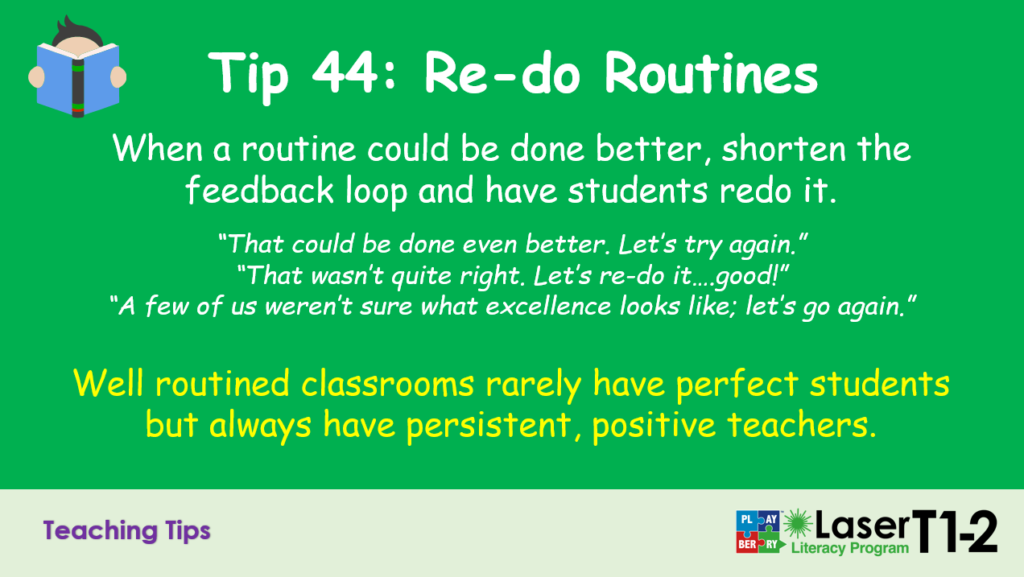
Getting routines to run how you want them to takes lots of work. A key part of this work is having high expectations and not settling for lacklustre performances. When a routine is done well, be quick to narrate compliance. When it’s not done well, briefly explain the expectation (pre-correct) and then get them to re-do the routine. We have to remain gently relentless about routines.

Teachers have discretion about when cards come out of the reading card deck. The general idea is to remove cards that the students smash out automatically (trim the deck) and keep the cards that are still ‘locking in’ in the deck.
If the deck is becoming too fat, split it, creating two half-decks and use these on alternate days. You can be extra tricky and ensure that newer cards appear in both A and B decks, so they never miss a day!
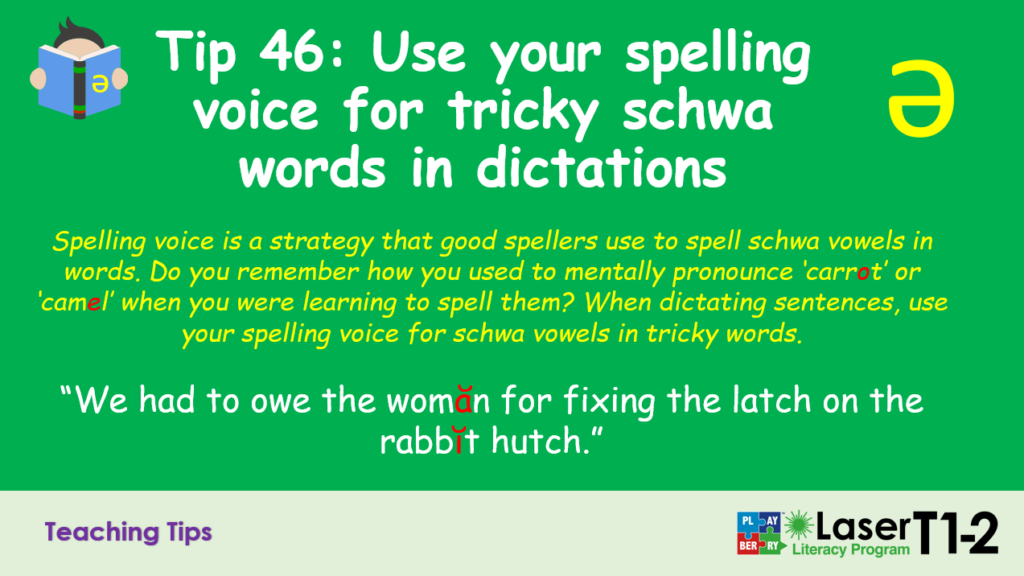
Did you know you have a spelling voice that is different from your talking voice? Think about what goes through your mind when you spell words like ‘carrot, ‘ ‘Wednesday, ‘ ‘friend, ‘ or ‘answer. ‘ Did you hear it? You have a unique articulation strategy that helps you remember all the letters in the words. We call this ‘spelling voice’. Spelling voice is a form of overarticulation and is particularly helpful when a word has an irregular spelling or schwa vowel. Share this voice with students and suggest they use it!




